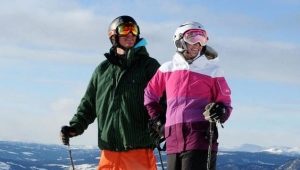Children's ski boots
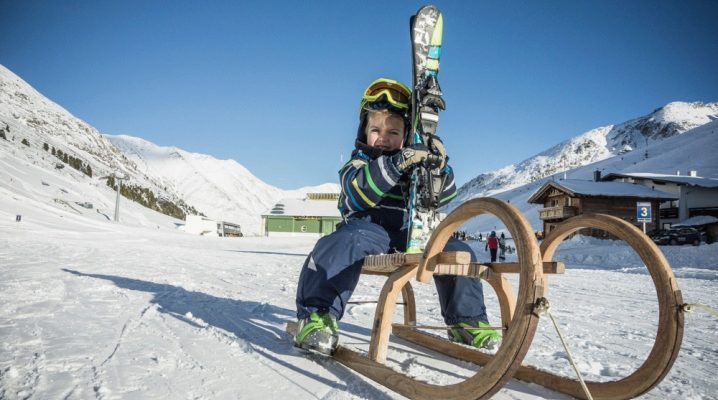
Skiing is a very exciting activity for both adults and children. But the sooner you start skiing, the more likely you are to learn absolutely all the delights of skiing on snow-covered plains and mountain slopes, so it’s better to start gaining experience from childhood.
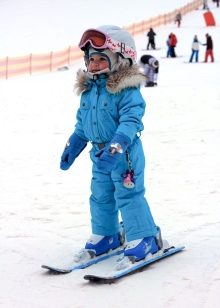
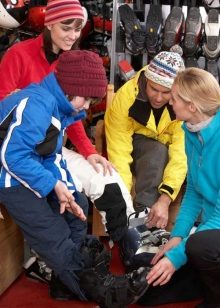
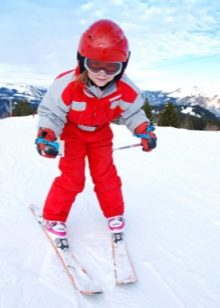
Many parents are afraid to buy skis for their child because they believe that active activities in the cold air provoke colds. In truth, this is a complete delusion, because winter sports not only strengthen the immune system, but also contribute to the proper development of the skeleton.

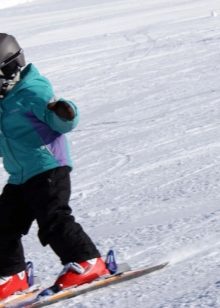

Naturally, when choosing children's ski boots, you will have to take into account a lot of nuances, since the rules for choosing them are significantly different from choosing the same ski boots for adults. Yes, and there are a lot of factors that can influence the choice, and they are not limited only to the skills and style of riding a child.
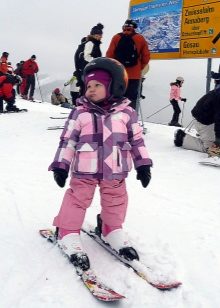
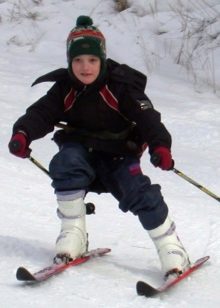

The choice is further complicated by the fact that children of different ages define the level of comfort in different ways, so parents have to choose ski boots almost by intuition. In this article we will try to talk about the features of children's ski boots, mention the rules for fitting them and find out how to choose the right ski boots.
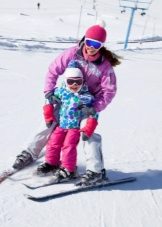
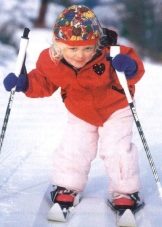
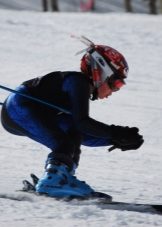
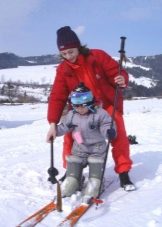
Features and Benefits
All children's ski boots are usually divided into two types. The first type, which is intended for children from 3 to 9 years old, is light in weight and soft.In such boots, children usually only begin to learn the basics of skiing, so the main emphasis is on safety and comfort.
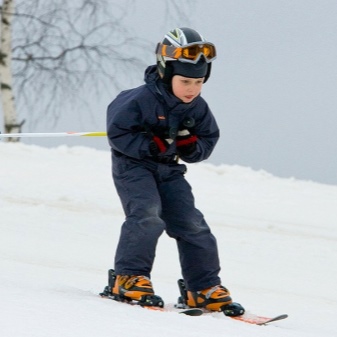
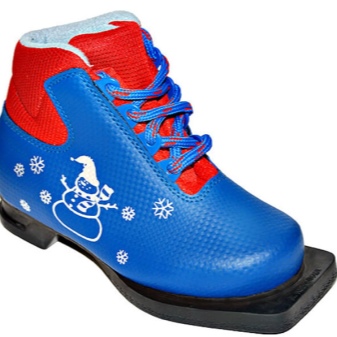
The second type of boots is usually called junior because it implies that the child already has a good degree of physical fitness. These boots are already purchased for teenagers who have managed to acquire the skills of a young athlete. These shoes have sufficient rigidity, therefore, provide a sufficient level of stability when cornering.
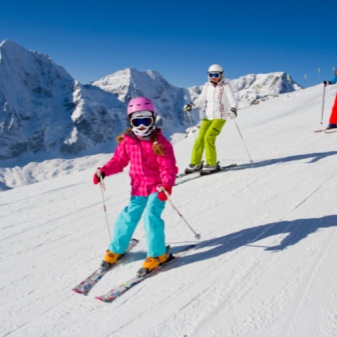

Criterias of choice
It is worth considering that ski boots also differ in the type of construction, and this indicator significantly affects the choice of shoes for children of different ages. So, if you are buying shoes for a preschool child, then it is better to opt for shoes with one clip, and if for older children, then with two. The stiffness of such boots does not exceed an index of 10, while adult boots can vary within 150 units.
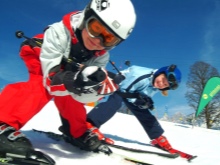
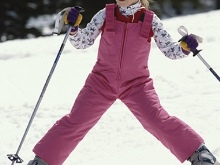
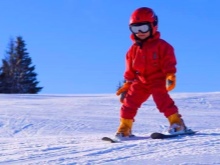
Shoes with three clips should be chosen when the child's foot size reaches 22 - 26.5. Such boots are quite comfortable, and the level of rigidity has already been increased to 30 units. Boots with four clips are chosen for children who already have a good level of physical fitness. Their level of rigidity varies between 60 - 70 units.
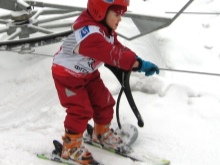
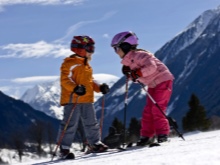
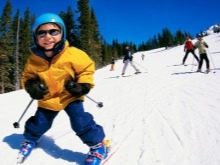
fashion models
The most interesting thing is that there are as many models of children's ski boots as there are for adults. They differ not only in rigidity, but also in the materials from which they are made, as well as in the levels of adjustment. Consider the most common shoe models.
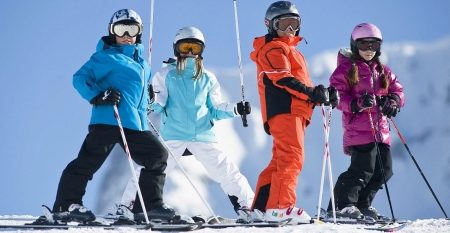
For snowboard
Snowboard boots are designed for high-speed skiing and should provide a sufficient level of stability, because the young snowboarder will also have to control the board. That is why the stiffness of the boots should vary from 3 to 7, and they should be made of synthetic materials. Why synthetic? The fact is that genuine leather increases the weight of the boot when wet, and this is not very comfortable, especially for a child.
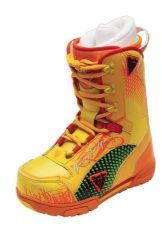

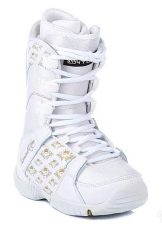
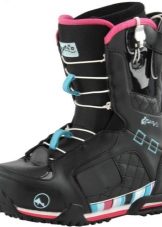
For cross-country skiing
Cross-country ski boots have a fairly soft and stable sole and are distinguished by the fact that they can not only ride, but also walk. Such boots are always complemented by modern insulation, and convenient Velcro fasteners allow you to quickly put the model on the child's foot.
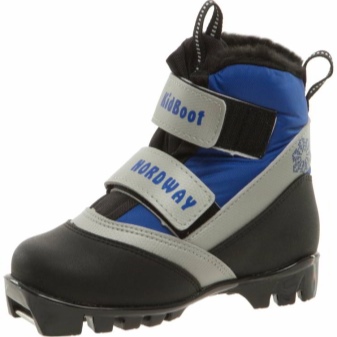
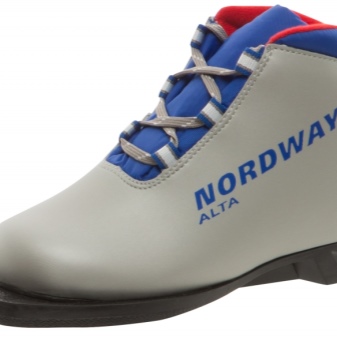
Ski
The stiffness of such boots begins to count from the indicator in the range of 15 - 30 units. Alpine skiing boots provide optimal comfort during sharp movements and provide excellent shock absorption. It is worth considering that it will be extremely difficult for a child to manage skis in such boots, so they should be chosen already when he has a sufficient level of physical fitness.
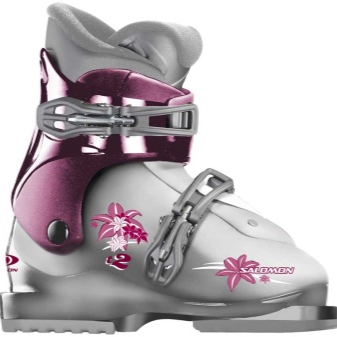

Velcro
It is preferable for children to choose Velcro shoes for children, because they will have to fiddle with lacing for several minutes. In addition, it is this clasp that allows you to fit the boot model in size and not overtighten the leg, which often happens when you tie the lacing. Velcro also serve as additional protection against snow getting inside the boot, simply covering vulnerable areas of the leg.
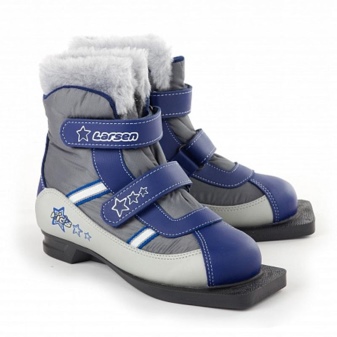

Sliding
All parents will like these boots, because they allow you not to worry that an expensive model of ski shoes will become small over time. The main distinguishing feature of such boots is that they are able to increase or decrease in size by pushing them apart. This is a real salvation, because experts strongly do not recommend buying a child ski shoes for growth.
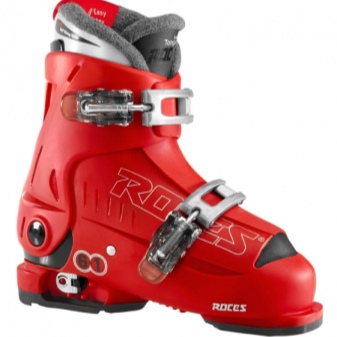
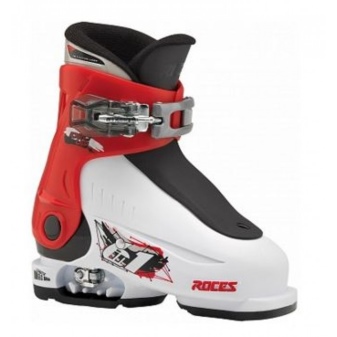
Skate
Ski boots for skating differ from others in that they are high enough and always cover the ankle. Since a novice athlete will have to put himself under quite a lot of stress on ice, ice skating boots are made quite tough. Choosing such shoes for a child should be guided by the width of the foot and size, as well as indicators such as material and fastening features.
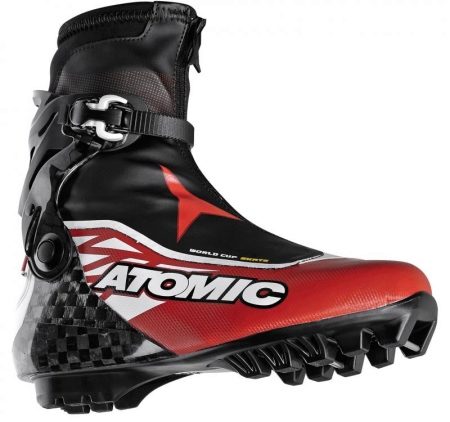
colors
Ski boots for children can be of various colors and in this they are in no way inferior to adults. Usually such boots are made in bright and colorful colors, so that they can be clearly seen against the background of snow. In a special trend among the kids are now shoes in blue, light green, red, yellow and orange shades.
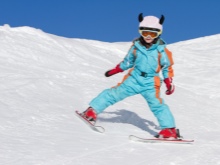
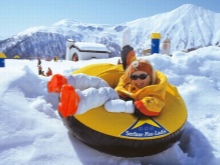
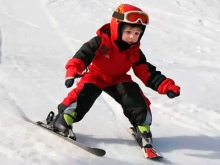
materials
In most cases, modern ski boots are made from synthetic materials of different textures, as they give the shoe durability and make it more practical. But natural leather is also used in the production of such boots, and most often to create the inner surface of the boot. This gives the shoe unsurpassed warming qualities and at the same time provides an optimal level of heat transfer.

How much are
The cost of children's models of ski boots varies from $10 to $100. The price depends on the quality of the material, the manufacturer, the type of shoe, its design, and so on.
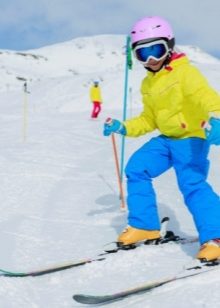
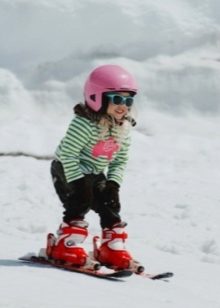
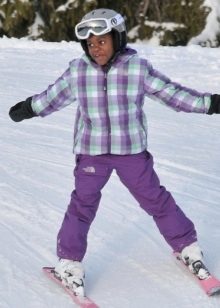
How to choose
It is impossible to choose the right ski boots only based on the level of their rigidity and the degree of physical fitness of the child. Since ski shoes are made up of many tiny elements, each of which performs its own function, the process of choosing the right shoe model for a child is much more complicated. And there is one indicator that should be determined with particular accuracy.
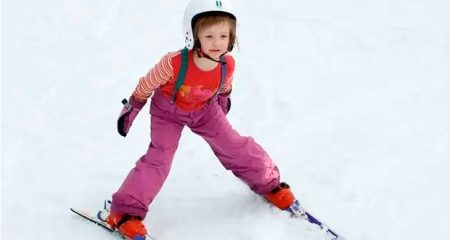
The size
To determine the exact size of the child's foot, circle his foot on a piece of paper and measure the length and width of the resulting footprint. Thus, you will get the European boot size, and to purchase a ski boot, you should add another half size to the result.
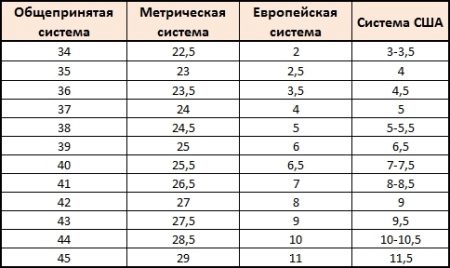
At first, it may seem to the child that the boot is too small, but do not rush to try on a larger model. The fact is that modern ski boots are made from a material that eventually bends under the shape of the leg, which means that after moving in such boots for a certain time, you can notice that discomfort is no longer felt.
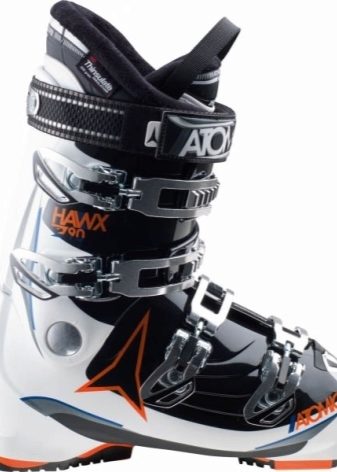
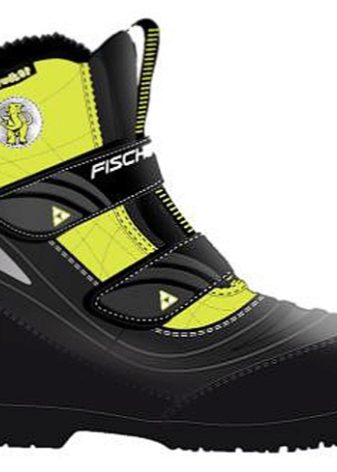
Other elements
It is important that the boot clips are solid metal. Some manufacturers create this element from plastic, but it quickly shatters at the first touch with a hard surface, so it is important to give preference to metal.
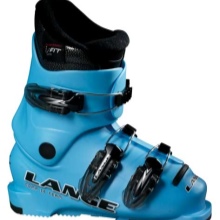
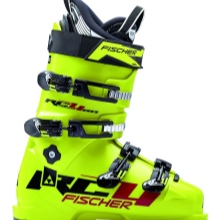

Switches to different modes are usually found on all boots for beginners, but if you are purchasing shoes for a teenager, you should take into account that the ability to transform the boot from walking mode to riding mode must be present.
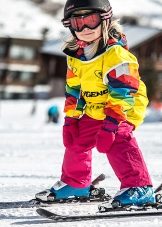
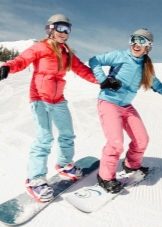
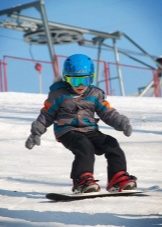
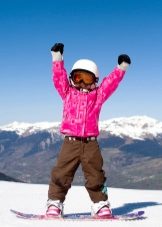
If you mean that the child will ski in several styles at once, then it is better to purchase a combined boot model. This will ensure the comfort of the child's stay on his feet for a long period, and significantly reduce the likelihood of injury. But as for brands, the most popular now are ski boots from manufacturers such as Spine, Alpina, Nordway and Madshus.























